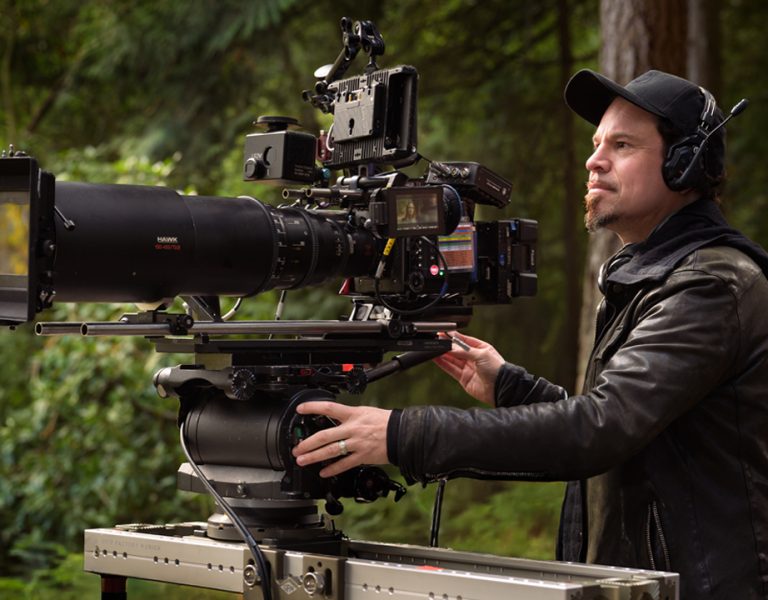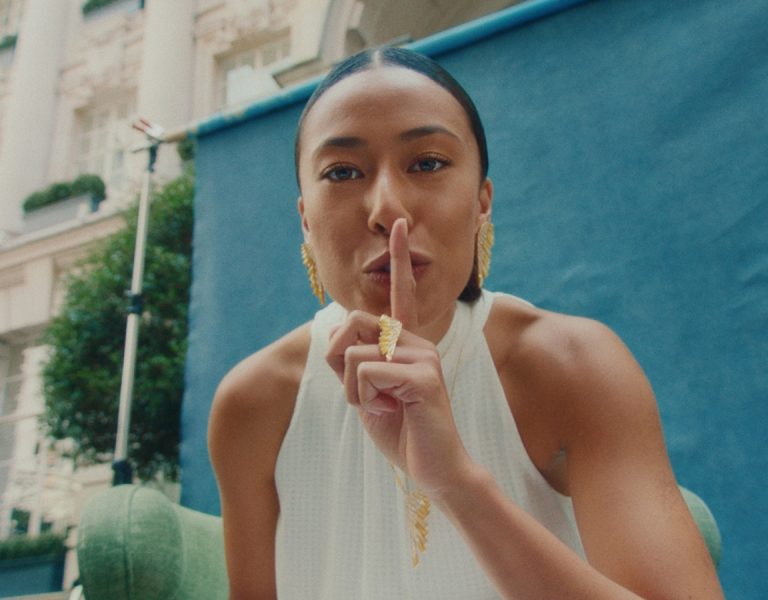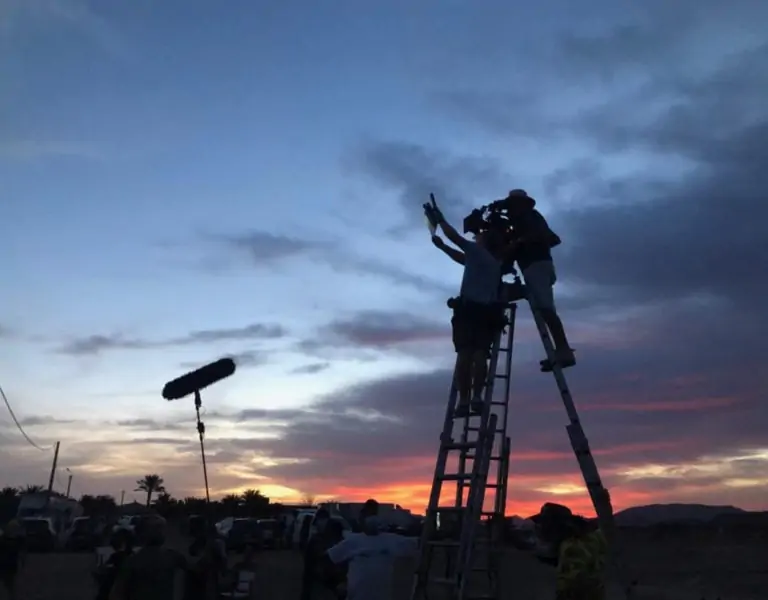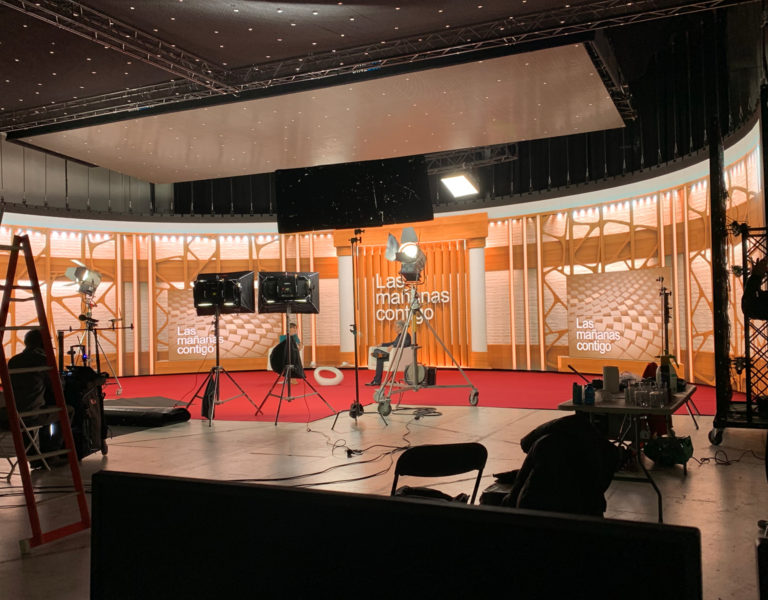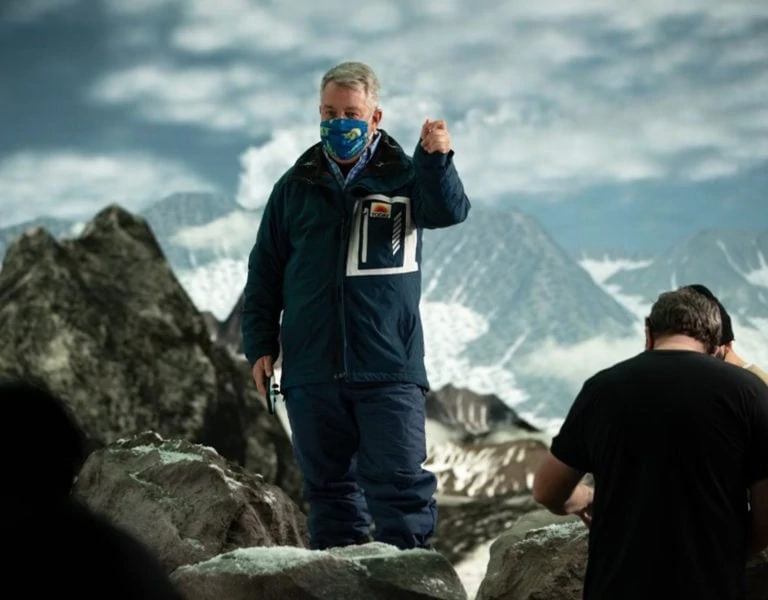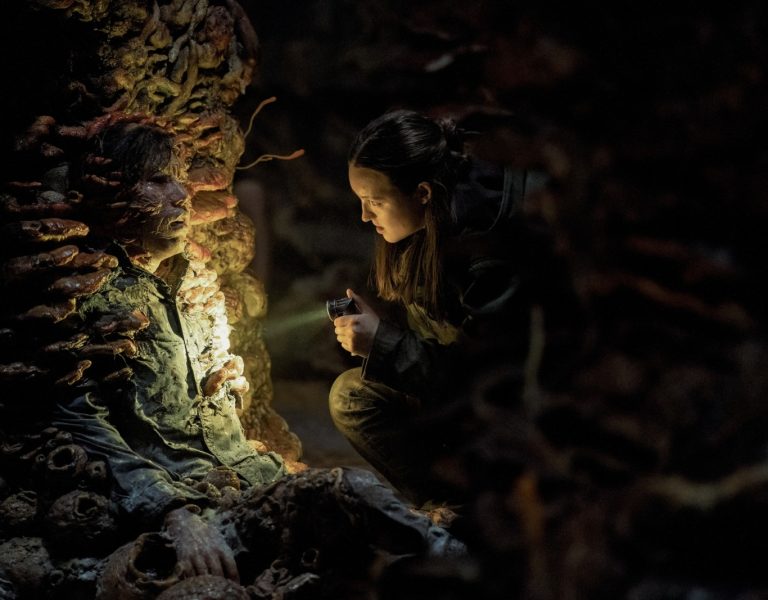Finding magic in monochrome
First-time filmmaker D. Smith’s unflinching lens contrasts the strength and struggles of America’s Black trans sex workers.
One of the most striking things about Kokomo City – a documentary that’s hardly shrinking in its tone or visuals – is its opening credits. Here, we find out that D. Smith not only directed it, but produced, edited and shot it. A debut filmmaker, Smith was a Grammy-nominated music producer in a former life – until coming out as trans, back in 2014, changed everything.
“Transitioning was the start of me losing everything,” she says with characteristic frankness. “The whole time I shot this film (over three years), I was sleeping on people’s couches, in cars, on park benches. My hardest challenge in making Kokomo City was, how do I maintain my dignity?”
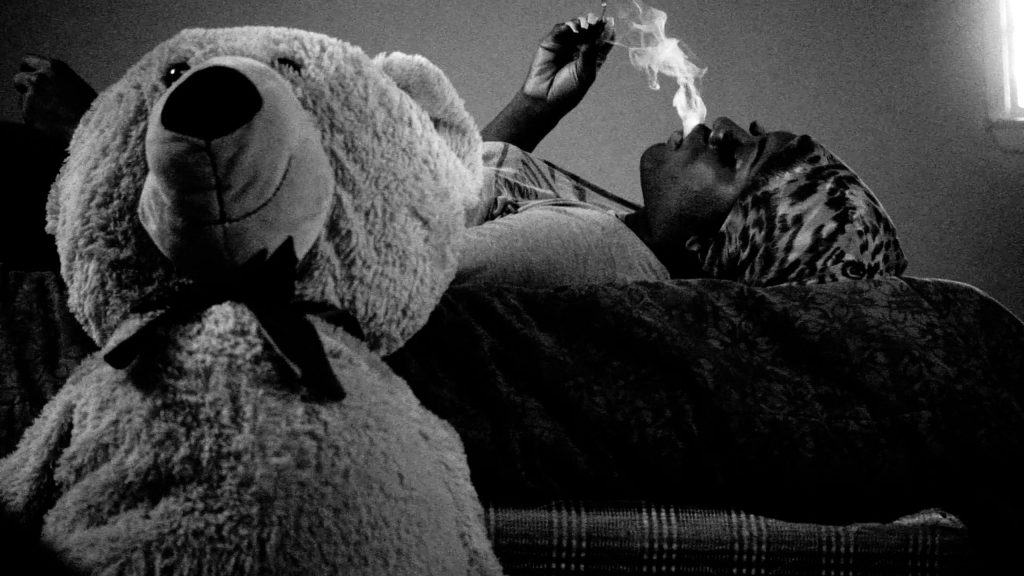
Despite an atypical start, Smith’s efforts have been finely rewarded: Kokomo City scored Sundance Film Festival’s NEXT Innovator Award and NEXT Audience Award, followed by the Berlinale’s Audience Award in the Panorama Documentary section.
Its appeal reflects her mission to create a film that audiences outside of the LGBTQ+ community could be drawn to. Four Black trans women – Daniella Carter, Dominique Silver, Liyah Mitchell and the late Koko Da Doll – share their stories as they explore the dichotomy between the Black community and themselves. “A conversation that’s been avoided for many, many years has now taken centre stage,” Smith adds.
Before beginning the project, Smith – who had no previous filmmaking experience – approached five different directors to see if they’d be interested in taking part: all said no. Undeterred, she bought herself a Sony A6600 and a vintage Meike lens and set out to realise her vision herself, with no gaffer or any other assistance.

Although Kokomo City was her first time behind the lens, Smith describes herself as “always antsy about things visually. I’ve always had a fascination, or connection, with visuals. I wanted to do something visually different with this film; one of my favourite artists is Salvador Dalí. I also thought, what if I could combine Quentin Tarantino and Spike Lee? I love those two directors, so what if I could bind those two forces and what would that look like with no budget?”
Key to the film’s approach was Smith’s bold and stylised black-and-white visuals. “I was inspired to do something really elevated and different for this film,” she says. “Black-and-white has the ability and power to make any image art. It can elevate any image, no matter what it is – you can imagine it hanging on a wall. It’s timeless.
“I wanted to do something with these girls which is a juxtaposition of trans women and [their beauty] and the grittiness of their surroundings and experiences. To wipe that with black-and-white treatment gives it this soft-and-hard dichotomy that I thought worked really well.”
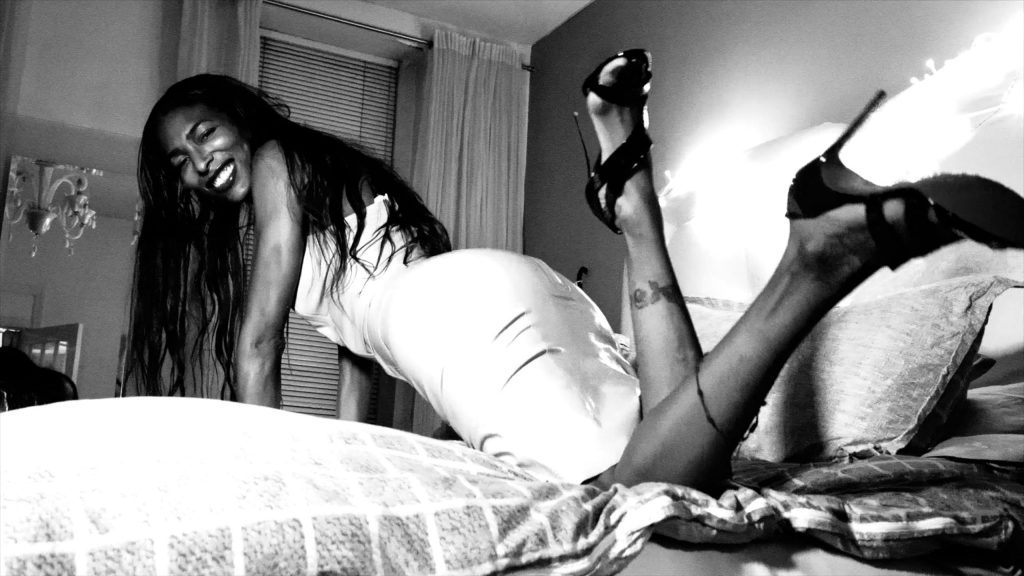
Here, a reference for Smith was fashion photographer Bruce Weber, who helped make household names of Naomi Campbell and Kate Moss in the 1990s. “I like that cool, ‘90s style – that’s why I really wanted to shoot it in this way to give it that edge with a monochromatic, harsh contrast treatment.”
Smith enjoyed the process of editing her footage herself. Making the most of free Apple app iMovie, she admits her abilities were limited but it meant she had to work around what she didn’t have, making the process even more fun. “[Editing] was another thing that was so therapeutic for me,” she explains. “You have to depend on the editor for so much. You have to make sure they’re good with their time; that they’re available; that they’re inspired and understand your style. I know eventually, I’m going to have to find a great editor to team up with, but right now I don’t think I’m ready to do that – I just love editing.”
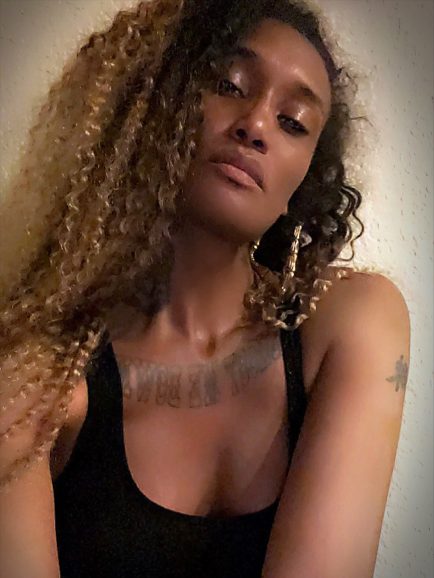
To give the documentary its authenticity, Smith was conscious of not making her subjects feel censored; at the same time, she was very clear about her vision and keeping the interviews on track, which would help her in the edit. “I recorded them to be the protagonist that I needed them to be. They are who they are, but I also knew what I needed from each girl. I knew what each girl was bringing to the table and I encouraged and pushed that, and they were comfortable with that. It was nothing outside their character. Doing that, I got to the questions that I wanted each of the girls to answer, so I knew what I’d be dealing with when I got home.”
In creating Kokomo City, Smith hopes the film’s success marks an exciting new frontier for documentaries. “Documentaries are so amazing to me. People just don’t really know the possibilities are there because they can be so intellectual and they don’t want to distract, but you can still be entertaining with documentaries. It’s like, there’s no reason why we should feel like we’re in school. I think a lot of documentary filmmakers now will revisit their style, because Kokomo City shows that people really want to be stimulated even with documentaries. It doesn’t need to be over the top or anything. Just, it’s okay to spread your wings a little bit.”

